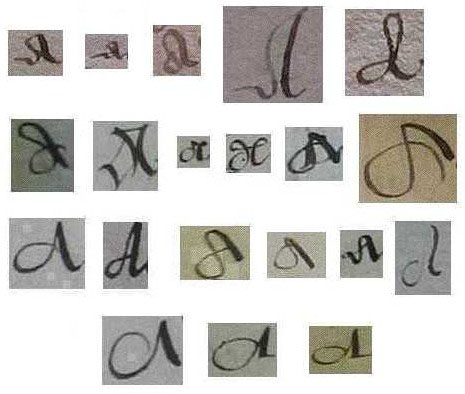How to Read Old Handwriting
| Tweet |
|
Palaeography is the study of old handwriting. At some point, every genealogist comes across an old handwritten record of their ancestor, looks at it and pronounces it totally illegible. It is not necessarily illegible; it just might seem illegible to the modern eye.
Context
There are two aspects to reading handwritten historic documents:
• Understanding what letter of the alphabet the cursive script represents.
• Understanding the words, spelling, abbreviations and acronyms that were typical of the time period and the type of document.
The resources below generally focus on the first aspect – understanding the letters in the cursive script. For most people this is usually the most difficult and challenging part of reading old handwriting. The second aspect is normally easier because most record collections contain lists of common abbreviations and words associated with the records. Alternatively, you can consult online dictionaries of historic words and spellings.
Resource List
Here is the GenealogyInTime Magazine list of the five best free resources that will help you read old handwriting:
1. One of the best online tutorials is offered by the UK National Archives. It will teach you to read documents written in English from 1500 to 1800. It even has a fun game you can play to help improve your skill with reading old handwriting. [National Archives Palaeography Tutorial]
2. Cambridge University also has an excellent palaeography tutorial that breaks down the alphabet by letter for old English documents(see image below) . It is also worth checking out. [Cambridge Palaeography Tutorial]


